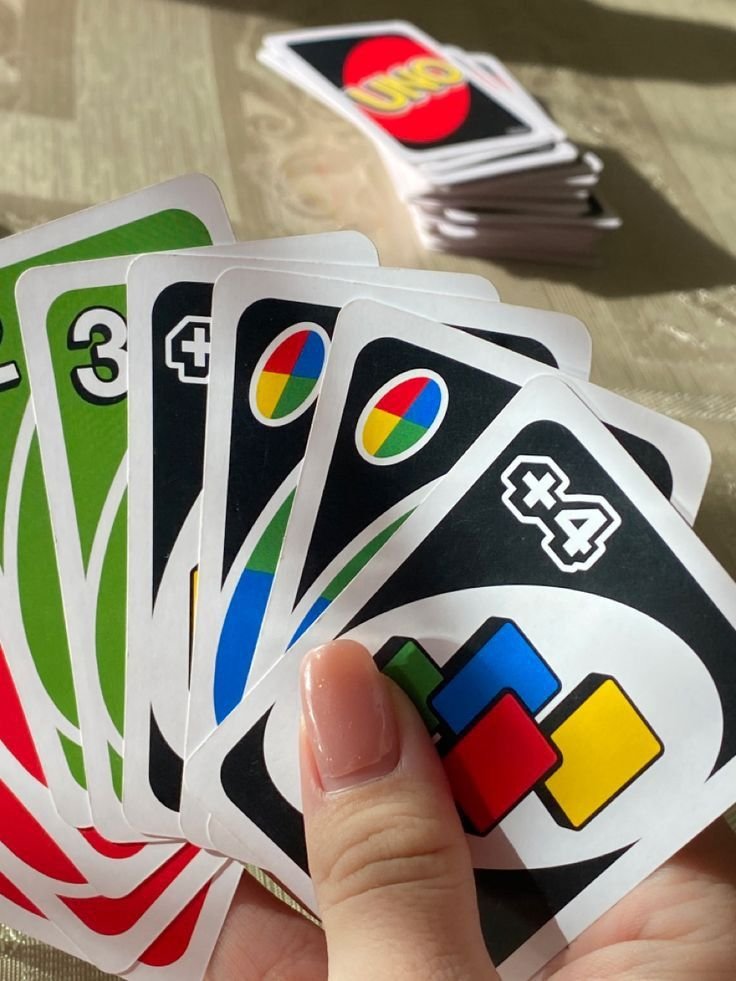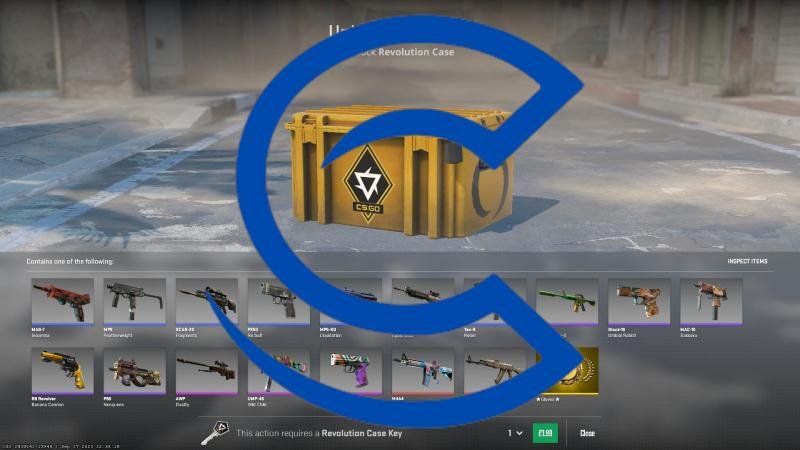The PlayStation 2 (PS2) is one of the most successful and influential gaming consoles of all time. Released by Sony in 2000, it sold over 155 million units and became the go-to entertainment hub for millions of gamers worldwide. Behind the scenes, the PS2 system BIOS plays a critical role in making the gaming experience possible. In this article, we’ll explore what the PS2 system BIOS is, how it functions, and why it is so important for the operation of the PlayStation 2 console.
What is the PS2 System BIOS?
The PS2 system BIOS (Basic Input/Output System) is the fundamental software that allows the PlayStation 2 to run smoothly. It is embedded in the hardware of the PS2 and is responsible for booting the console, initializing the system’s hardware, and enabling the software to run. The PS2 system BIOS essentially acts as the intermediary between the hardware of the PS2 console and the games or software that run on it.
When the PS2 is powered on, the BIOS is the first program that loads, ensuring the system is operational before launching a game. It takes care of initializing the system’s critical hardware components, including the graphics and audio processing units, memory, and disk drives.
How Does the PS2 System BIOS Function?
At the core, the PS2 system BIOS serves as a firmware that connects the software with the console’s physical components. Let’s break down its major functions:
- Booting the System: When the PS2 is powered on, the BIOS is responsible for loading the system and starting the console’s operating system. It performs system checks to ensure everything is functioning properly, and then it loads the necessary system files for the user interface to appear.
- Hardware Initialization: The PS2 system BIOS initializes the console’s hardware components, including the processor, memory, video, audio, and peripheral connections. It makes sure that all components are properly recognized and working before gameplay begins.
- Regional and Game Compatibility: The PS2 system BIOS plays a vital role in ensuring that the system runs games from different regions. It can detect the region of the game and make sure it runs in the correct format, adjusting the system to support different video standards (PAL, NTSC, etc.) depending on the region of the user.
- System Settings Management: The BIOS is where the user can configure settings for the PS2, such as language preferences, display modes, and audio options. These settings are crucial for optimizing the gaming experience, especially when using different TVs or audio systems.
- Security Features: The PS2 system BIOS also plays a role in preventing unauthorized or counterfeit games from being played on the system. This includes protections against bootlegging and copied game discs.
The Importance of the PS2 System BIOS in Game Play
Without the PS2 system BIOS, the PlayStation 2 would not be able to function in any meaningful way. It is the bridge between the user and the system’s hardware, ensuring that games, media, and other software are launched correctly.
Every game that you insert into the PS2 relies on the PS2 system BIOS to function properly. When a disc is inserted into the system, the BIOS reads the disc and ensures that it is compatible with the system. The BIOS checks for things like region encoding, video formats, and game-specific data that is needed to launch the game.
Moreover, the PS2 system BIOS allows the system to process complex game logic and 3D graphics rendering. Without the BIOS performing its role in managing the hardware and optimizing the performance, the console would not be able to deliver the incredible gaming experiences that players enjoyed during its heyday.
PS2 System BIOS and Homebrew Software

Homebrew software refers to unofficial games, applications, and utilities that are developed outside of the official PlayStation 2 development environment. The PS2 system BIOS plays a significant role in running homebrew software.
By using software exploits or modifications, users can load homebrew applications onto the system via custom memory cards or optical discs. Tools like FreeMcBoot take advantage of the PS2 system BIOS to bypass the system’s restrictions, allowing users to run homebrew games, emulators, and other custom applications. This flexibility has made the PS2 a popular platform for homebrew enthusiasts, providing a way to explore the console beyond its original capabilities.
However, it’s important to note that running homebrew applications or modifying the BIOS can come with risks. Installing modchips or modifying the BIOS can void the warranty, cause the console to become bricked (non-functional), or lead to compatibility issues with official games. It’s crucial to understand the risks involved before attempting to modify the PS2 system BIOS.
Different Versions of the PS2 System BIOS
As the PlayStation 2 evolved, so did the PS2 system BIOS. Throughout the lifespan of the console, Sony released several updates to the BIOS, adding new features and fixing bugs. These updates were essential for maintaining the system’s compatibility with new games and hardware, as well as improving system stability.
The most notable version of the PS2 system BIOS is version 2.30, which was released to the public alongside the PS2’s online gaming functionality. Other updates focused on enhancing video output, improving compatibility with newer peripherals, and refining system performance.
Knowing which version of the PS2 system BIOS your console is running can help diagnose potential issues with game compatibility or system performance. If you’re experiencing problems, ensuring your BIOS is up-to-date may help resolve many of them.
How to Update or Modify the PS2 System BIOS
Updating or modifying the PS2 system BIOS is not a straightforward process and typically requires external tools or specialized software. In many cases, BIOS updates were included in the official PlayStation 2 system software updates, which could be applied via disc or memory card.
For those interested in modifying the BIOS for the purpose of running homebrew software or bypassing regional restrictions, various modchips and software exploits have been developed over the years. These modifications can alter how the PS2 system BIOS functions, allowing users to unlock additional features, like playing imported games or using custom firmware.
However, modifying the BIOS can be risky, especially for those who are not familiar with the technical aspects of the PS2. The process could result in a “bricked” system or irreversible damage if not done correctly.
PS2 System BIOS and Backward Compatibility
One of the standout features of the PS2 system BIOS is its ability to maintain backward compatibility with PlayStation 1 games. The PS2 is designed to run most PS1 titles without issue, thanks to the BIOS recognizing the PS1 software and allowing the PS2 to operate as if it were a PS1 console.
This backward compatibility feature is made possible by the PS2 system BIOS, which includes the necessary code to emulate the PS1 hardware. This allowed gamers to enjoy their older PlayStation titles on a newer system without needing to keep an additional console. The BIOS ensures that PS1 games run as they should, including support for the original PS1 controllers and memory cards.
PS2 System BIOS and the Use of Memory Cards
Memory cards are an essential part of the PS2 experience, allowing players to save their progress in games. The PS2 system BIOS plays a key role in managing memory card data. It reads, writes, and organizes saved data stored on the memory cards, ensuring that game saves are properly handled.
The PS2 system BIOS also manages the compatibility of memory cards, meaning that you can use PS1 memory cards to store data for PS1 games and PS2 memory cards for PS2 games. This system works seamlessly, allowing players to quickly save and load their progress across a wide variety of titles.
Troubleshooting Common PS2 System BIOS Issues
While the PS2 system BIOS is essential for the console’s operation, it can occasionally encounter problems. Some common issues include:
- BIOS Corruption: This can happen if there is a power failure while the BIOS is being updated or if the system experiences a hardware malfunction. If the BIOS is corrupted, the PS2 may fail to boot, displaying error messages or failing to load games.
- Incompatible Games: Some games may not be compatible with the version of the PS2 system BIOS you are using. In such cases, updating the BIOS or using a different version of the game might help resolve the issue.
- System Errors: Occasionally, the BIOS may encounter errors due to conflicts with other software or hardware peripherals. These can typically be resolved by resetting the system or updating the firmware.
In most cases, resetting the PS2 to its default settings or restoring the BIOS from a backup can resolve any issues.
Conclusion
The PS2 system BIOS is one of the most important components of the PlayStation 2 console. It is the software that manages the console’s hardware, ensuring that games run smoothly and providing the foundation for all system operations. From booting up the system to running homebrew software, the BIOS plays an indispensable role in the PlayStation 2’s functionality.
Whether you’re a gamer enjoying the vast library of PS2 games, a developer experimenting with homebrew software, or someone troubleshooting system errors, understanding the PS2 system BIOS is key to unlocking the full potential of this legendary console. With the right knowledge and tools, you can ensure your PlayStation 2 runs at its best, offering hours of entertainment and nostalgia.












